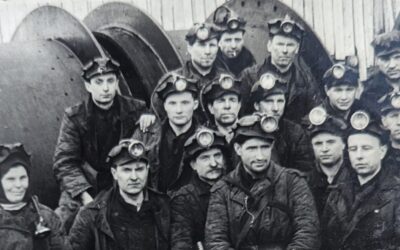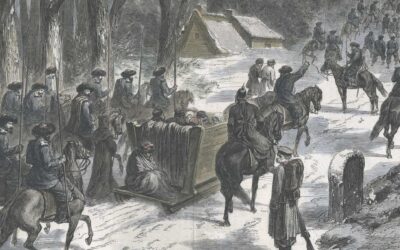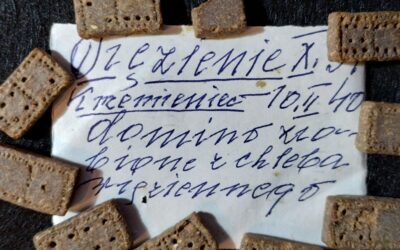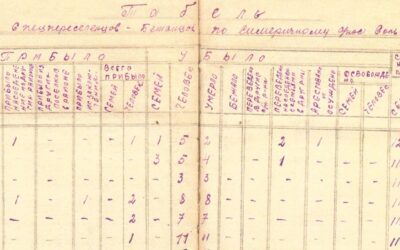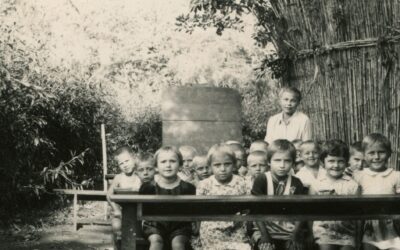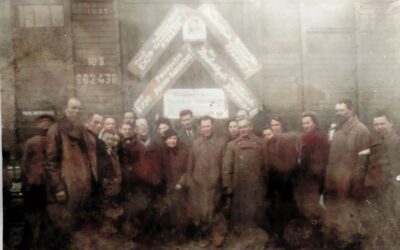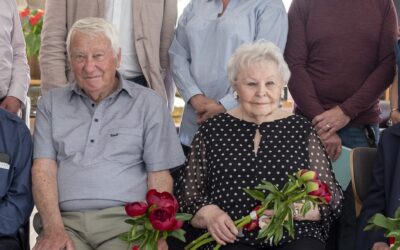Union of Defenders of Freedom in Polesie and in labour camps 1946-1956
Adam Hlebowicz: The formation of the underground youth organisation the Union of Defenders of Freedom (ZOW – Związek Obrońców Wolności) in Polesia in 1946 arouses amazement and admiration for the heroism and determination of a group of Polish youth. After two years of activity, many of its members found themselves in labour camps in Vorkuta.
Maria Obuchowska-Morzycka’s journey to Siberian Arcadia
Wiesław Caban, Lidia Michalska-Bracha: Maria Obuchowska-Morzycka followed her husband into Siberian exile in 1863.
She Kindled a Light of Hope: The Extraordinary Fortune of Dr. Zofia Teliga-Mertens and Her Family
She kindled a light of hope: the extraordinary fortune of Dr. Zofia Teliga-Mertens and her family.
A commander’s notebook reveals the fates of exiles
Daniel Boćkowski: Two ordinary school notebooks containing a dozen or so pages of tables and statistical summaries turned out to be an invaluable source of knowledge about the rules governing the small special settlements to which deportees were sent by the Soviets in 1940 and 1941.
Resettled in Africa on the way to Poland
Adam Czesław Dobroński: A total of 19 Polish settlements were set up in Africa, with more than 20,000 Polish citizens living in them. They arrived by sea transport from Persia to the ports of Mombasa, Tanga and Dar es Salam, Mozambique, and from there were transported inland.
A Passenger on the Philosophers’ steamer
Sergei Lebedev: I am standing on the quay in the Polish city of Szczecin. The north wind from the Baltic Sea brings a thick gray drizzle that envelops the buildings and the port cranes, creating a sense of stagnant timelessness. A tugboat on the Oder River, almost hidden by the curtain of rain and turned into a fluid silhouette, gives a loud, long blast of its horn and vanishes in the fog. But the horn still sounds, an echo out of the past.
Towards the dreamed Motherland
Wojciech Marciniak: The deportations of Polish citizens deep into the USSR, carried out in four rounds between 1940 and 1941, had features of ethnic cleansing. Through these deportations, the Stalinist regime pursued a plan to remove the Polish population from “Western Ukraine” and “Western Belarus” and to Sovietise these areas. Over 320,000 citizens of the Second Polish Republic were deprived not only of their homes, but also of their previous lives, their sense of security, their children’s education, their development and the fulfilment of their dreams. What kept many of them alive was the hope that one day they would be able to return to their homeland.
Sandarmokh: Dramaturgy of meanings
Irina Flige: The Polish cross, as the Catholic cross is often called in Russia, was one of the first to appear in Sandarmokh – on the day of the opening of the Memorial Cemetery for Victims of Terror. Only those who really wanted to be ready on time – on the important day of the sixtieth anniversary of the Great Terror – could make it in such a short time.
The stone chair of Bolek Augustis
Urszula Dąbrowska: The four volunteers from Bialystok crossed 12 time zones (twice), flew over 20,000 km. They visited the North and South Island, travelling about 2,500 km by car to meet with more than a hundred representatives of the local Polish community in three of New Zealand’s largest cities: Auckland, Wellington and Christchurch.




